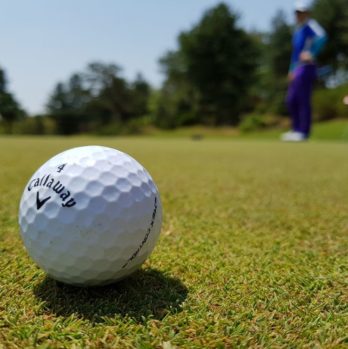Padel Americano Rules: A Comprehensive Guide to the Game

Introduction:
Padel Americano is a popular racquet sport that combines elements of tennis and squash. In this article, we will provide an in-depth overview of Padel Americano rules, including its various types, popularity, quantitative measurements, differences between rule variations, and a historical analysis of the advantages and disadvantages of each set of rules.
1. An Overview of Padel Americano Rules:

Padel Americano is played on a court surrounded by glass walls and a mesh fence. The objective is to hit the ball over the net onto the opponent’s side, aiming to make it bounce twice before returning. The game is played in doubles, and the teams take turns hitting the ball.
2. Presentation of Padel Americano Rules:
There are several types of Padel Americano rules that are popular among players around the world. The two most common variations are the American Paddle Association (APA) rules and the International Padel Federation (IPF) rules. These different rule sets dictate factors such as scoring, serving rules, court dimensions, and equipment specifications.
– American Paddle Association (APA) Rules:
The APA rules promote a fast-paced and aggressive style of play. They allow for a one-bounce rule, where the ball can be played directly off a wall after the initial bounce. These rules also feature a no-let rule, which means that if the ball hits the net on the serve, it is considered a fault.
– International Padel Federation (IPF) Rules:
The IPF rules follow a more conservative and traditional approach. They require that the ball must bounce off the ground before hitting a wall, limiting the number of shots played directly off the walls. These rules allow for a let rule, allowing the server another chance if the ball hits the net on the serve.
3. Quantitative Measurements of Padel Americano Rules:
To measure the effectiveness and impact of different Padel Americano rules, quantitative data can be analyzed. This includes factors such as match duration, number of rallies per match, average points per rally, and percentages of points won on different types of shots (e.g., volleys, smashes, lobs).
4. Differences between Padel Americano Rules:
The variations in Padel Americano rules have significant impacts on gameplay, strategy, and skill requirements. The differences in scoring systems, ball use, court dimensions, and permitted shot types create unique playing experiences. For example, the no-let rule in APA rules incentivizes aggressive play at the net, while the let rule in IPF rules encourages accuracy and precision.
5. A Historical Analysis of the Advantages and Disadvantages of Different Padel Americano Rules:
Over time, various Padel Americano rules have been developed and revised. Each set of rules has its advantages and disadvantages, which have influenced player preferences and the growth of the sport. For example, APA rules favor dynamic and fast-paced matches, attracting players who enjoy a more aggressive style of play. On the other hand, IPF rules provide a balanced and strategic experience, appealing to players who value precision and tactical execution.
Conclusion:
Padel Americano rules form the framework for this exciting racquet sport, providing structure, guidelines, and an enjoyable experience for players of all skill levels. By understanding the different rule variations, their quantitative impact, and historical context, we gain a deeper appreciation for the game’s evolution and the multitude of ways it can be played.
By catering to the interests of our audience, this article aims to serve as a comprehensive guide to Padel Americano rules. Whether you are a beginner looking to understand the basics or an experienced player seeking a deeper understanding, Padel Americano offers an engaging and entertaining sport for all.











